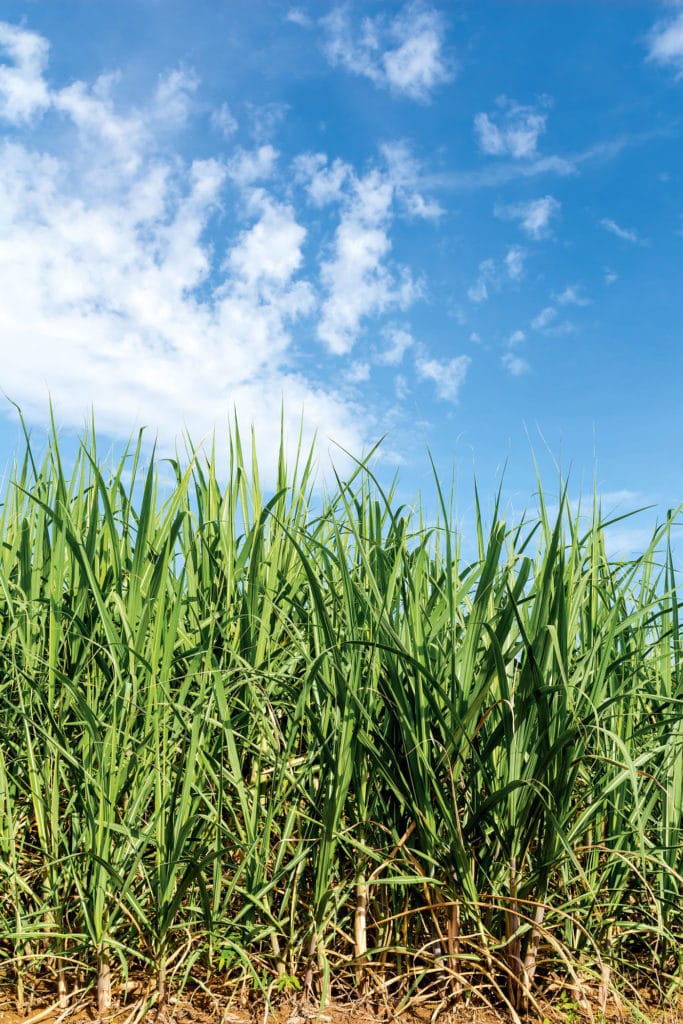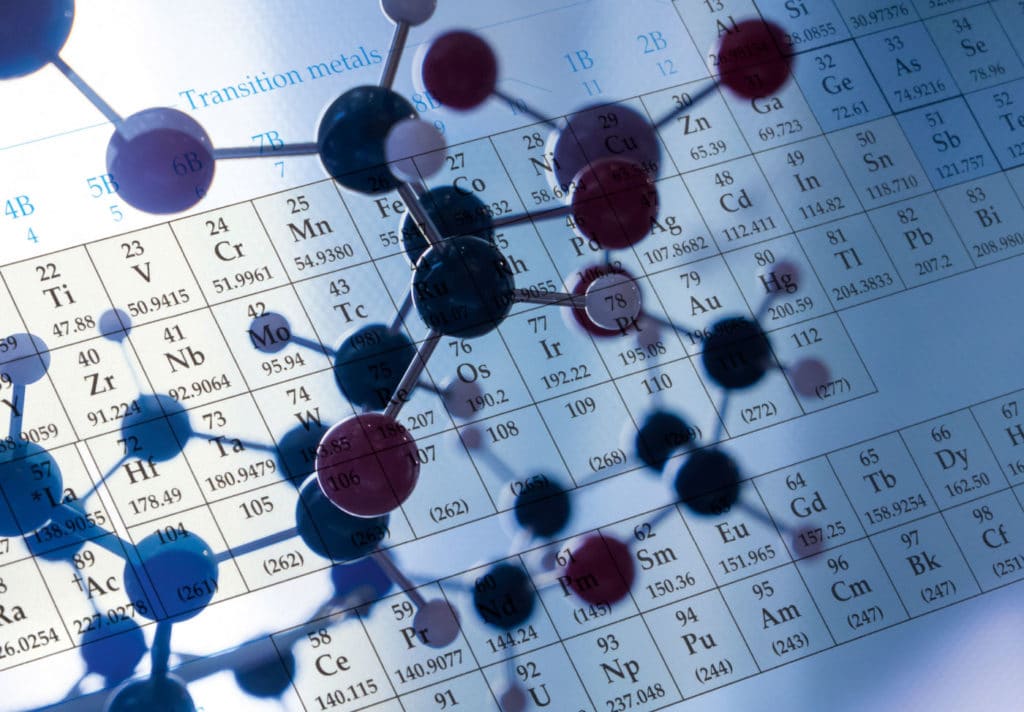Tag: chemical synthesis
‘Pool and split’ high-throughput experimentation: Turning complex designs into simple assays

High-throughput experimentation (HTE) protocols enable scientists to perform multiple experiments and test multiple hypotheses, in parallel and with minimal consumption of resources and materials. Dr Marco Santagostino from the Chemical Process Development Department at Boehringer Ingelheim Pharma, Germany and his collaborators Philipp Kollmus and Raphael Steimbach devised a new protocol that greatly reduces the number of experiments needed in HTE. […]
Harnessing the photochemistry of bromine for sustainable manufacturing

Chemical production can be fraught with hazards. From explosions to toxic chemicals, making useful molecules often requires careful thought about how to make a process inherently safer. Researchers at RCPE (Austria) have developed an ingenious way to use the automated flow reactors manufactured by Corning SAS (France) to safely harness the photochemistry of bromine – a highly toxic, sludge-brown substance […]
Read More… from Harnessing the photochemistry of bromine for sustainable manufacturing
Cleaner pathways to chemical synthesis via new generation catalysts

The synthesis and manufacture of chemicals, and chemical products, has typically relied on petroleum-based feedstocks. Even hydrogen, often hailed as a ‘clean fuel’ and an important component in many chemical reactions, is sourced from such feedstocks. However, Professor Mark Keane’s research at Heriot-Watt University is developing methods for clean chemical production from alternative, renewable feedstocks. To achieve this, he is designing and developing new […]
Read More… from Cleaner pathways to chemical synthesis via new generation catalysts
Configuring new bonds between first-row transition metals

Transition metals are some of the most important elements in the Periodic Table for their wealth of applications, spanning catalysis to biology. The rich chemistry of the transition metals arises from their remarkable ability to form multiple chemical bonds, a process that is still not fully understood and remains a major challenge in fundamental chemistry. Professor Connie Lu at the […]
Read More… from Configuring new bonds between first-row transition metals